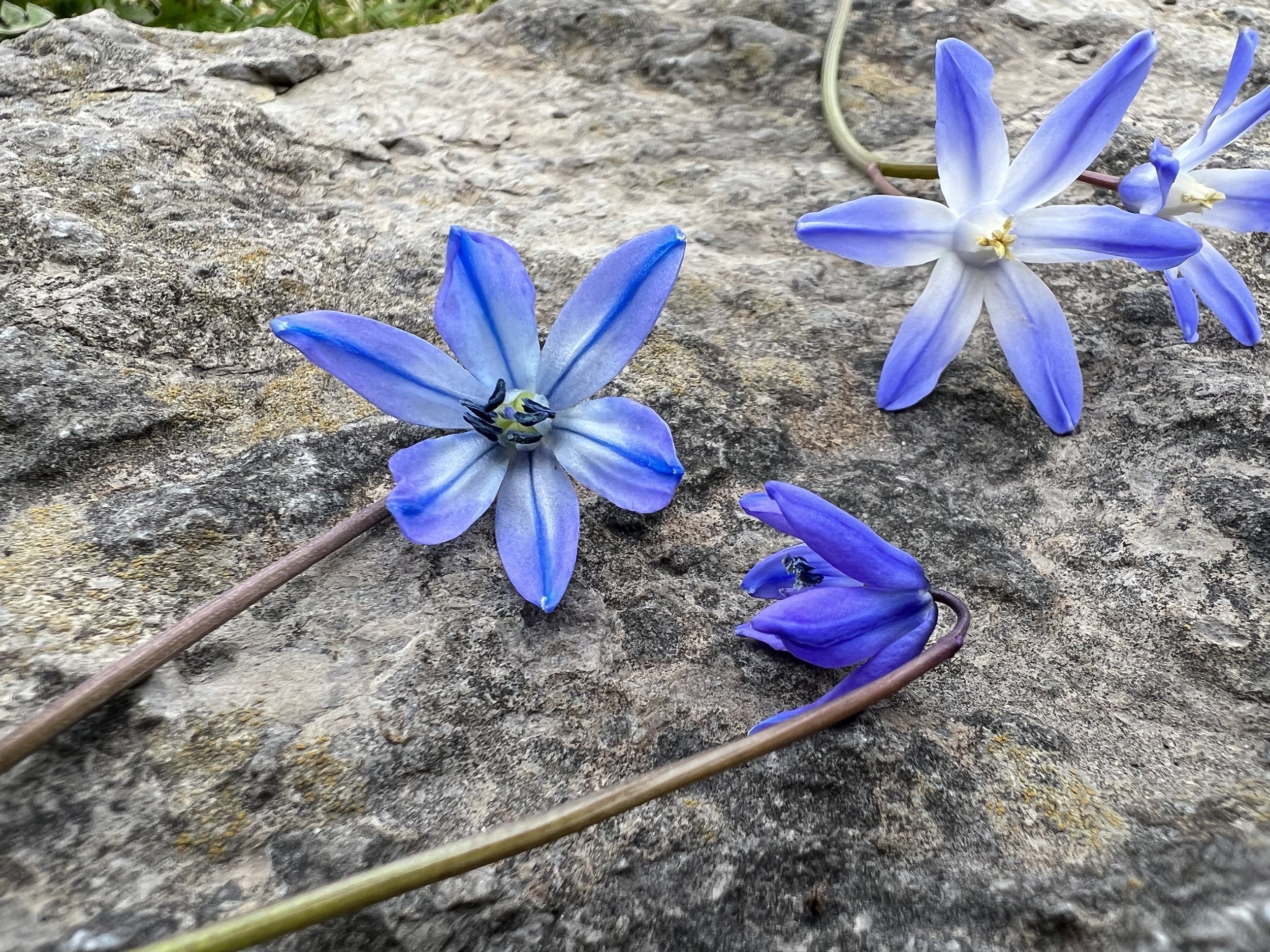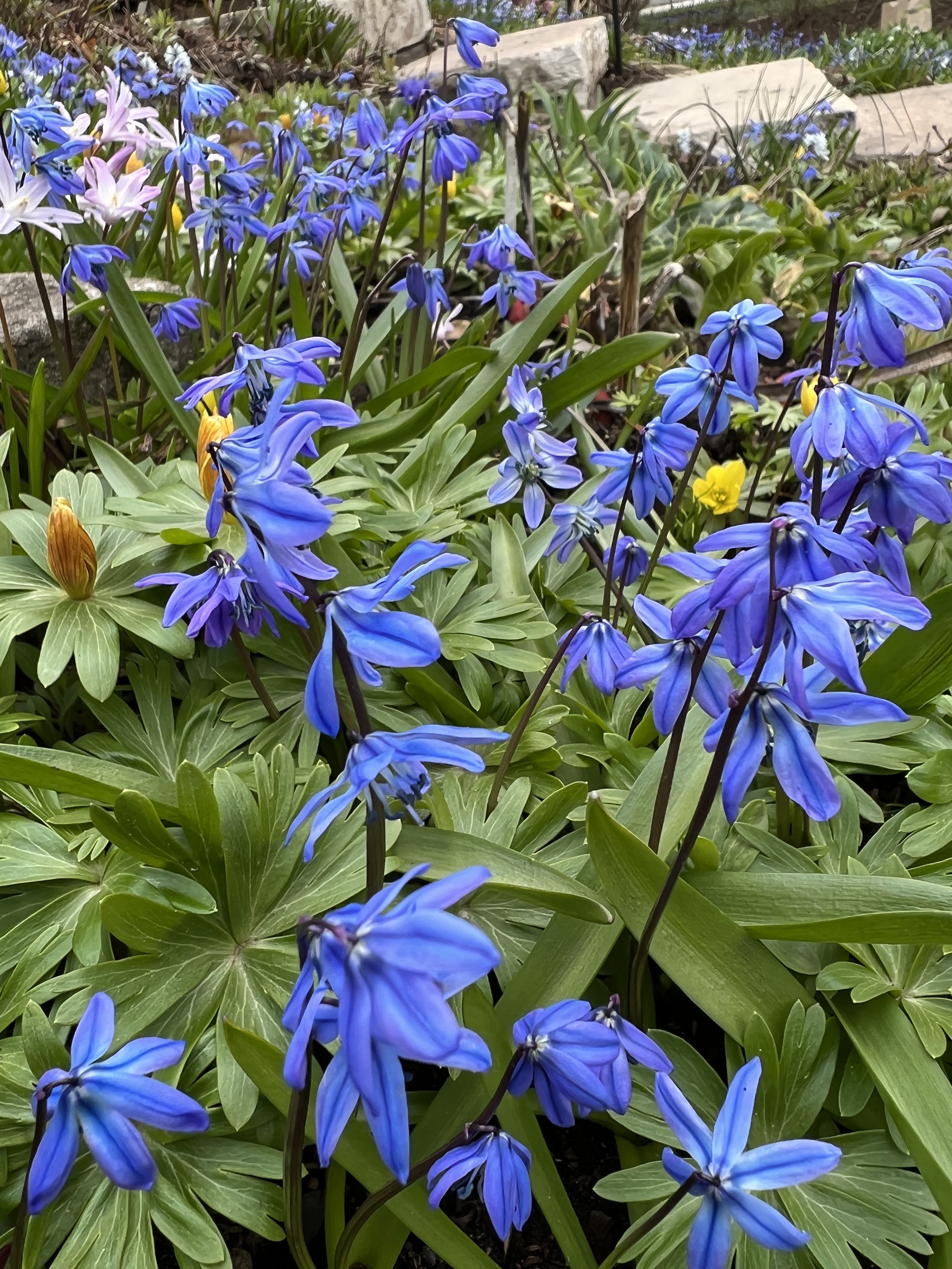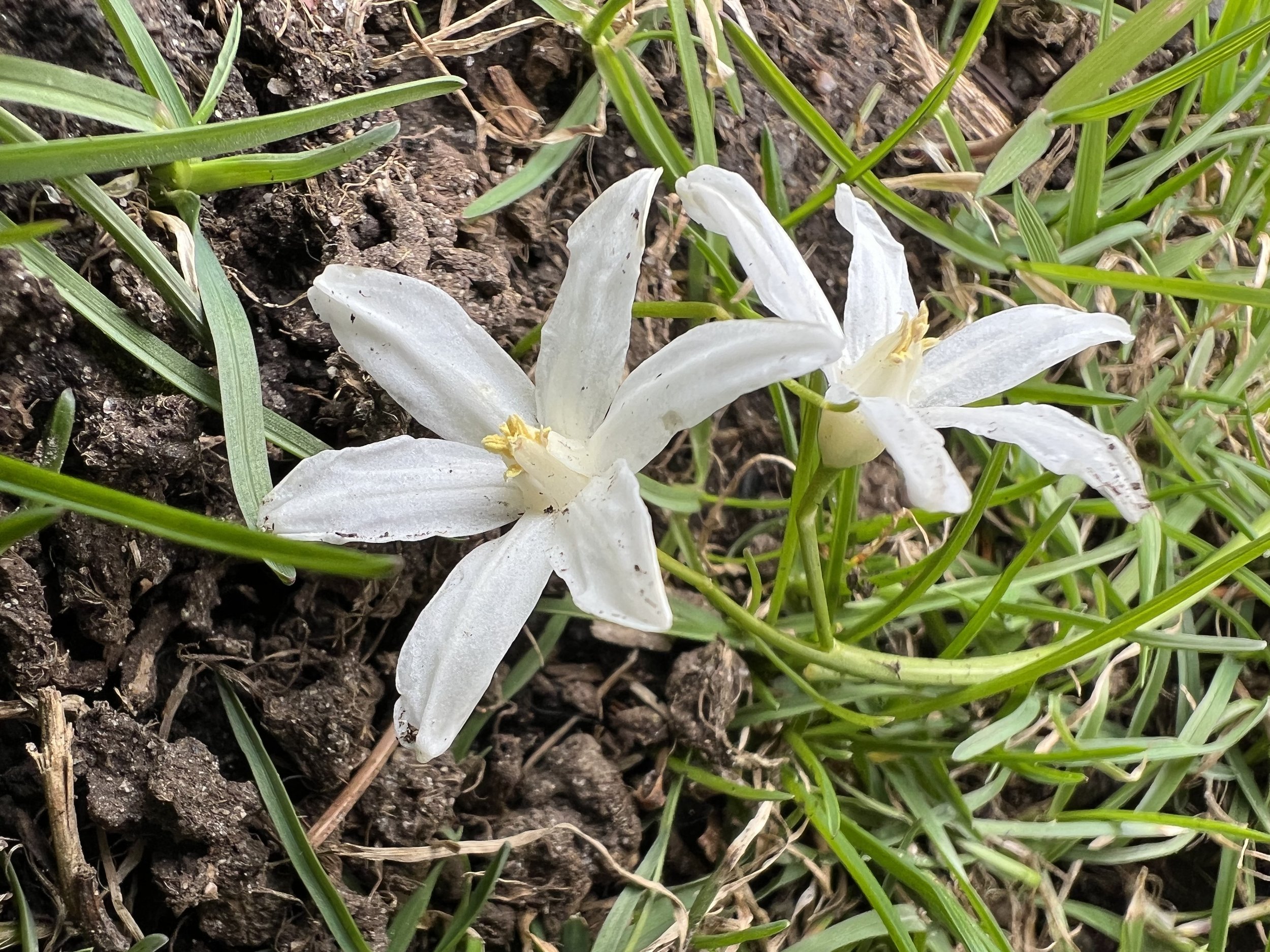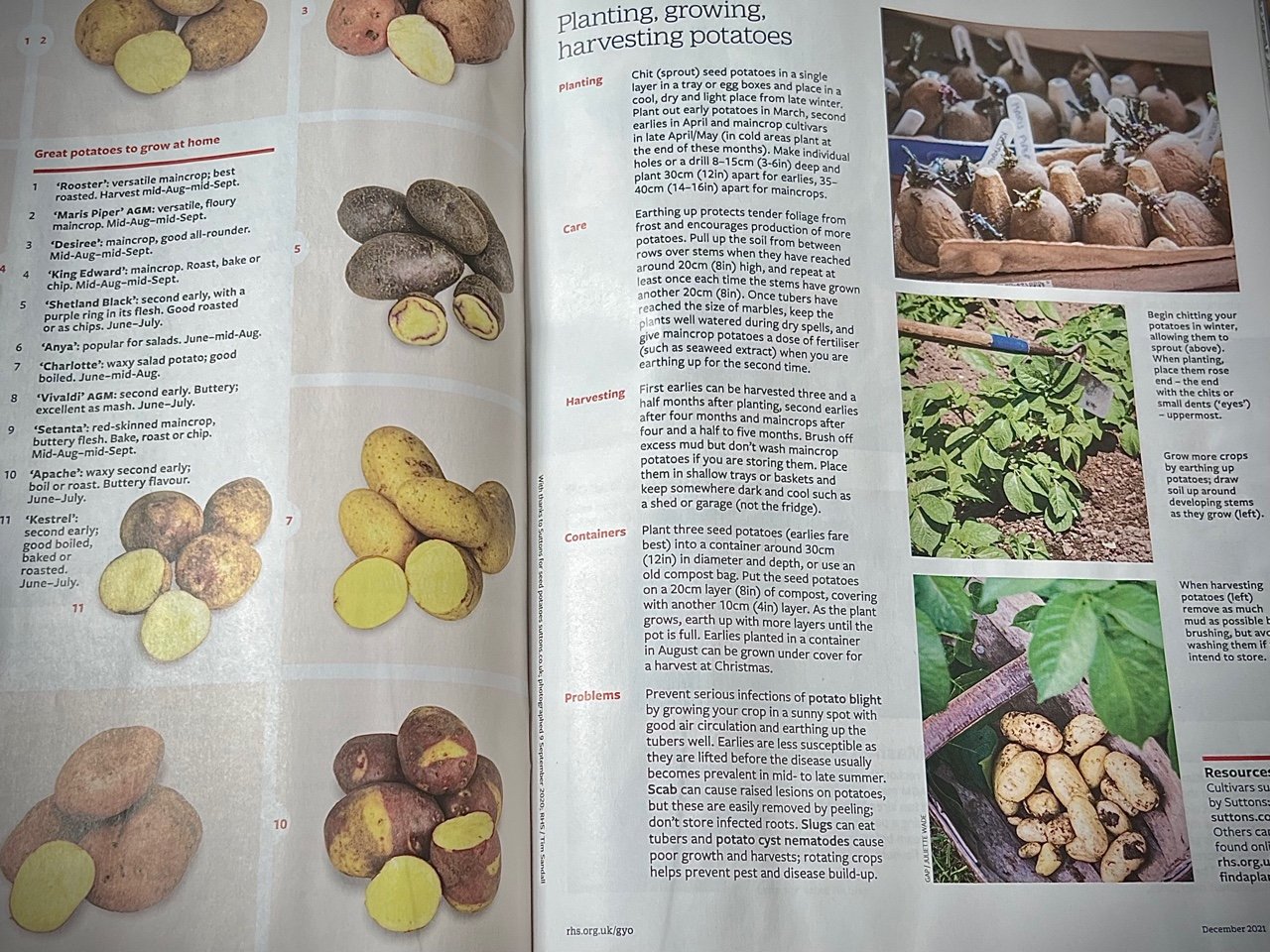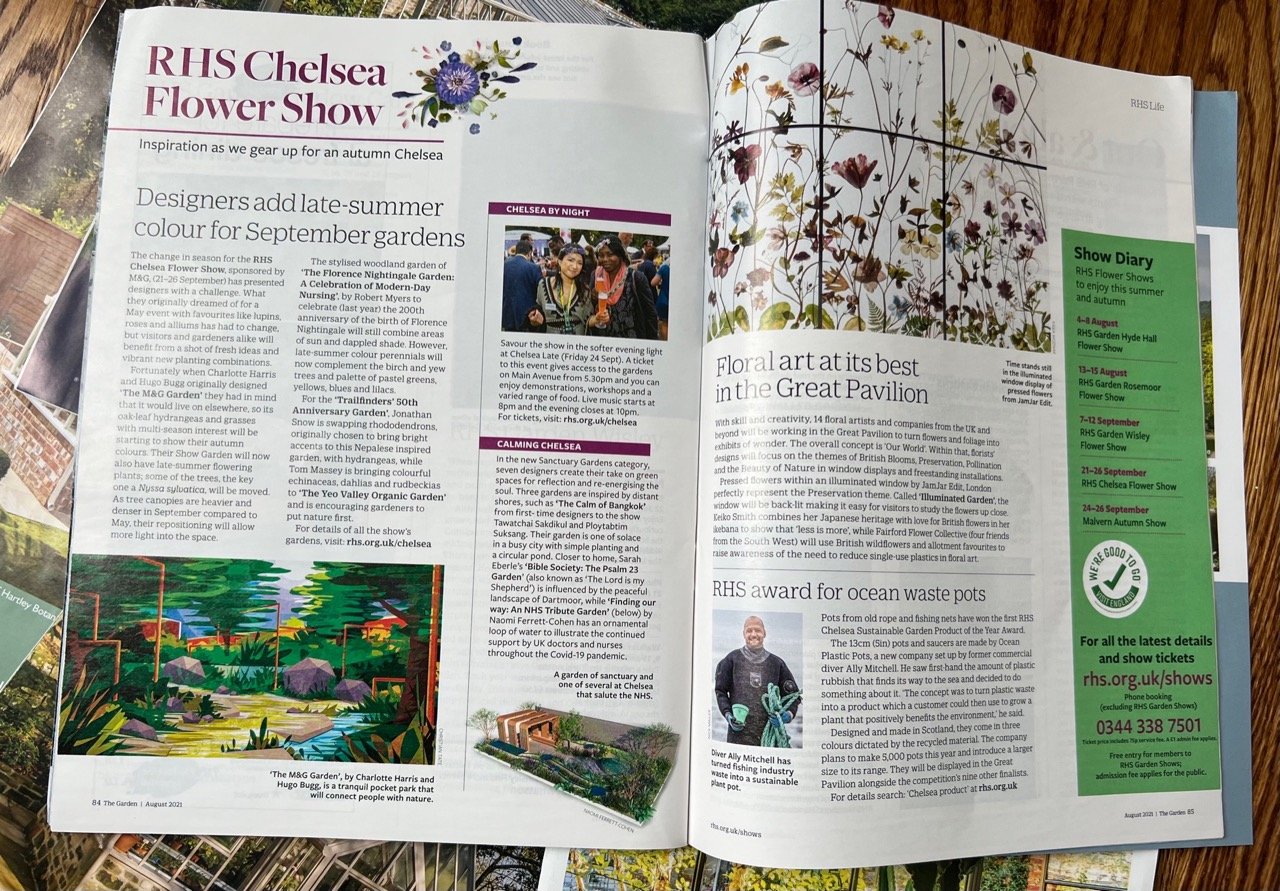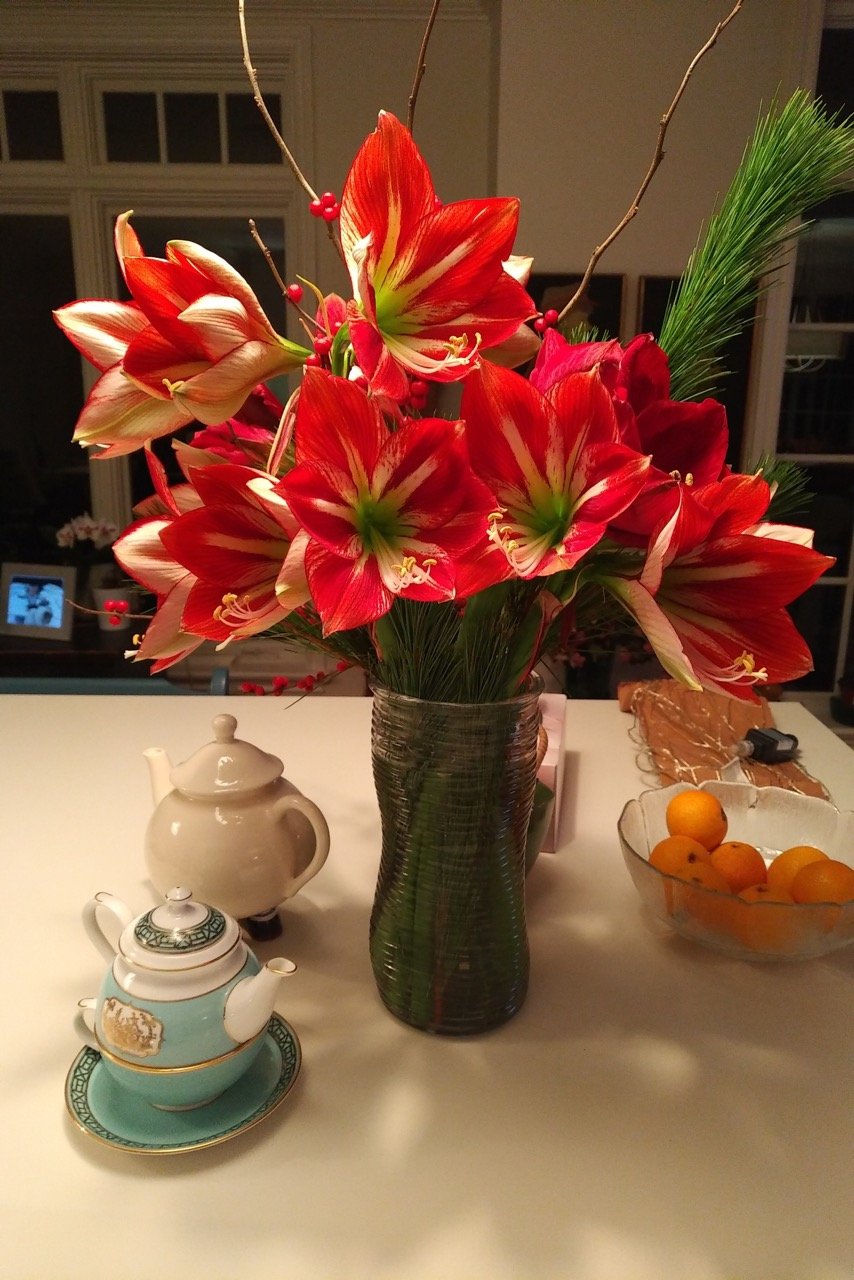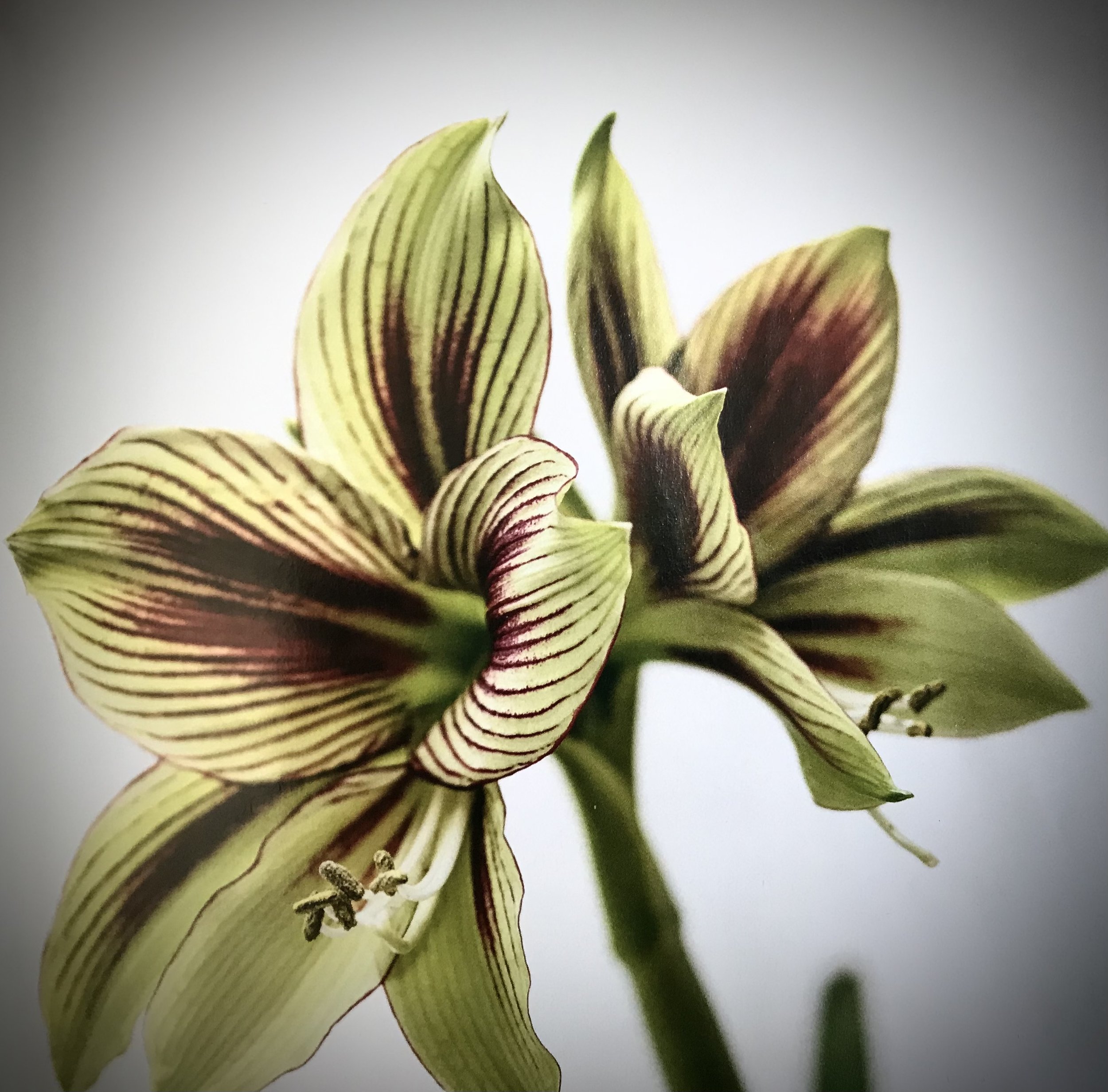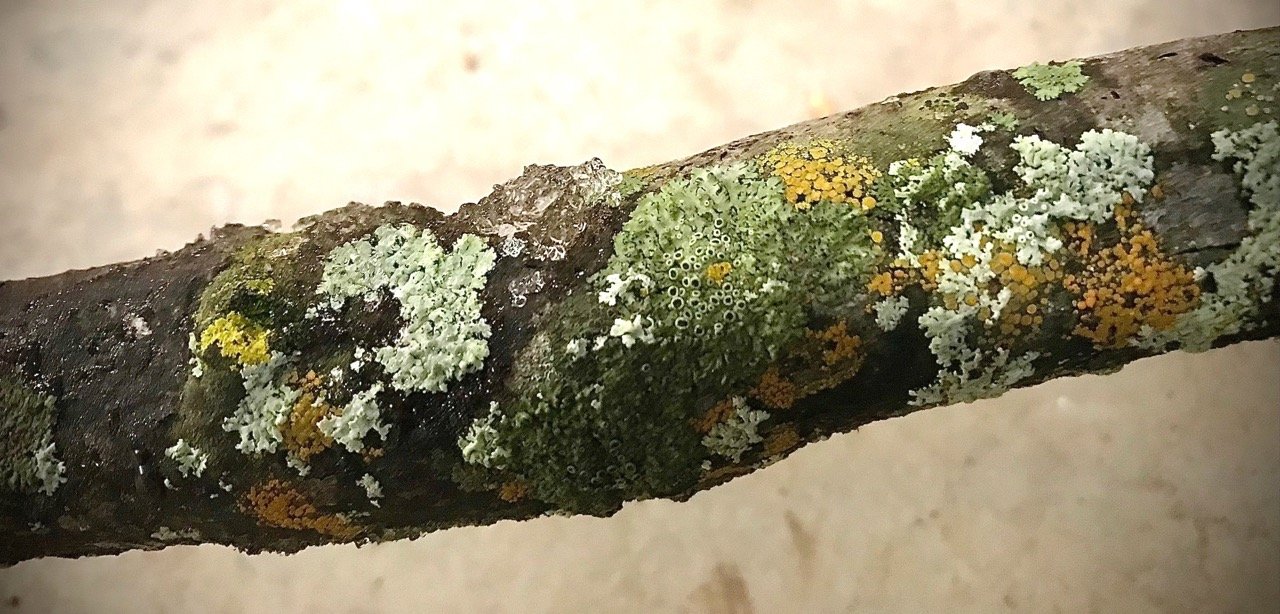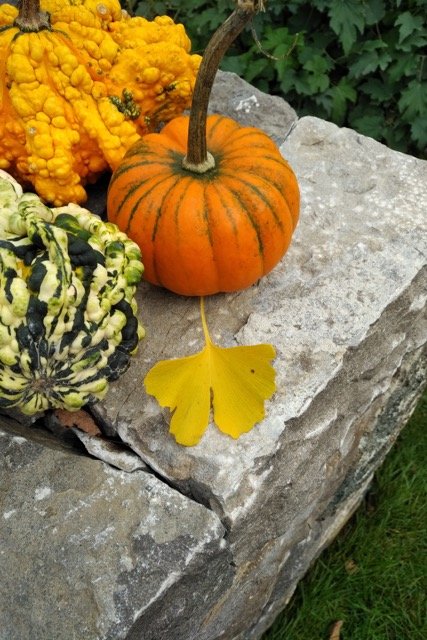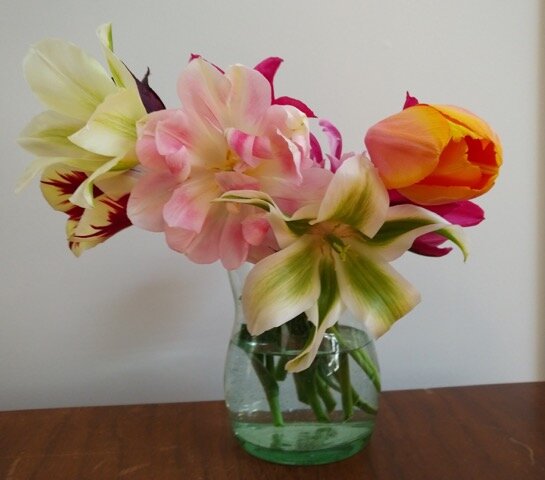And now, for my confession and explanation of my third choice, which is (gulp) Gardening, Month by Month, by Martha Stewart. I know, I know….what did she know about gardening? Well, it just so happens that she knew an awful lot! In gardening as in folding napkins 100 different ways, the proper way to remove dripped candle wax from your table, making perfect beef Wellington, putting up tons of jams and jellies each year, or how to knit a coat for your dog, well, Martha knew how to do it all.
September, 1992 changed my life. I went from an elementary school teacher to a long-distance caregiver to my parents to a horticulturist (yes, you read it correctly – Horticulturist, and not Horticulturalist). And it was that year when a Martha-mad friend gave me this book as a present. At the time, Martha was really something. Her stint in jail was impossible to foresee. Her getting older and more smug wouldn’t happen, couldn’t happen, to her! She was young and beautiful and very successful in 1991 when this book was published. I (and millions of other women, many of whom would not admit it out loud) wanted to be just like her - in my case, to be like Martha the gardener.
I said earlier that a good garden book is one which teaches, inspires and guides, and this one certainly did all of those things for me.
Martha, the gardener, made a link between her outside space and her inside space, and she made the passage from one to the other seem effortless and desirable. The essence was control…. And boy, was she in control! I’m not sure anyone had made this link from house to garden (and vice versa) work quite as well as she did. Her gorgeous collections of placemats and china, for example, and silver containers, all beautifully polished (perhaps by Martha in her spare time??) made lovely vignettes in the garden spaces where she hosted Easter Egg hunts for small children. She also served scrumptious meals accompanied by magnificent wine glasses I would never even put at our formal table inside, never mind on a table outside! And then she brought the outside in….. Cutting bare branches of crab apple and Forsythia to be forced indoors; planting giant Amaryllis in antique cache pots to bring colour inside to warm the long winter days; painting pumpkins from her pumpkin patch with gold leaf for the Thanksgiving table, and who could forget the fantastic bouquets from the massive collections of flowers and more in her wonderful, English-inspired garden. The garden and the house would always, for Martha, be linked.
She was in control – she had learned the secrets of horticulture. We all knew that she had a magic touch inside, and now, through this book, we understood how she now knew how it could all work outside as well.
When I received this book, it spoke to me. Martha went into minute detail about all manner of things. The photos were wonderful (they now seem a bit faded, but I guess we have made great strides in digital photography since then, so I forgive her that…) and she seemed really to be out working in her garden. Of course, no one would believe that she looked after her beautiful home in the Northeastern United States all on her own, but it sure looks in the book as if she was doing a lot of work in it and getting dirty doing so – from design to digging; planting to pruning; harvesting and dead-heading. She did it all. She was a legitimate gardener. Hmm, maybe I could be too…?
I read on the first flap of the book that she started helping her father in his garden at the ripe old age of three! (I guess to know everything, one needs to start early!) And, very genuinely, she dedicated the book to many people, starting with:
Pour l’avenir
To the Children
Who depend on us to garden
For their future
And ending with
Most of all, my thanks to my father, for being my first teacher
of gardening. His love of growing things was transferred to me through our
gardening together; I will remember what he taught me forever.
September, 1992 changed my life. And so did this book. Whether it was the aura ever present around Martha, her control over anything she touched, the ‘I can do this too’ feeling when I read how she worked in the garden, or whether I was just seduced by the wonderful drawings of the lay-out of the house and gardens in Westport. Conn. , or even Maybe I was taken in by a very savvy PR job, I don’t know. But I keep coming back to this book, always learning something from it.
It is out of print now, but available on Abe books and other second-hand book sites. A good gift for a gardener friend who needs to be inspired, or maybe even a gift for yourself! It has all of the best of Martha, and lets the worst of her melt away somewhere in that garden of hers. Keep telling us how to do things well, Martha. We sure need some of that in our lives these days…!

